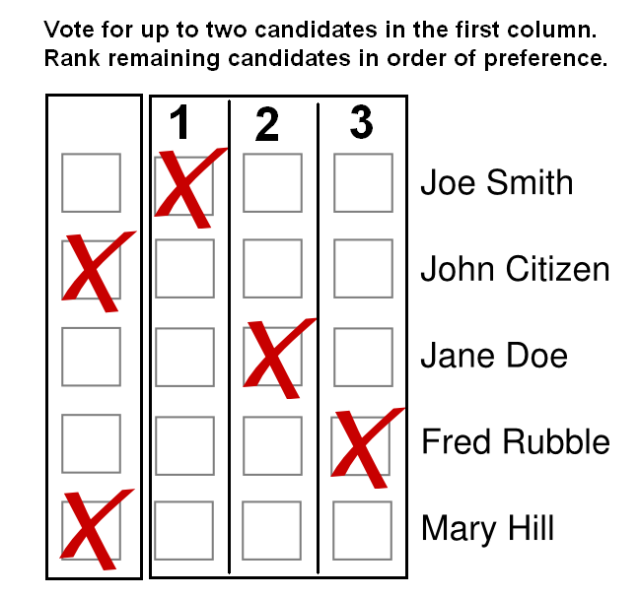Voter ID laws are damaging the decades of progress that have
 been made on our democracy and voting rights in the U.S. Up to this date, 33 states require some type of ID in order to vote, and 7 out of those 33 states have strict photo ID laws. Some outcomes of these laws are; voters are deprived of their right to vote, they reduce voter turnout, and they go against the fundamental ideas of a democratic process. Not surprisingly the voters that are affected by ID laws are racial and ethnic minorities, the elderly, people with disabilities, and low-income citizens. Such voters usually have a hard time getting IDs, because they cannot afford or cannot get the documents they need to get an ID.
been made on our democracy and voting rights in the U.S. Up to this date, 33 states require some type of ID in order to vote, and 7 out of those 33 states have strict photo ID laws. Some outcomes of these laws are; voters are deprived of their right to vote, they reduce voter turnout, and they go against the fundamental ideas of a democratic process. Not surprisingly the voters that are affected by ID laws are racial and ethnic minorities, the elderly, people with disabilities, and low-income citizens. Such voters usually have a hard time getting IDs, because they cannot afford or cannot get the documents they need to get an ID.
It is known that 11% of U.S. citizens (more than 21 million Americans) do not have an ID and getting and ID costs money. Even if IDs were offered for free, people have to pay for other documents such as birth certificates, transportation, time off work, etc. Another fact about ID laws is that it reduce turnout by 2-3 percentage points, which means thousands of lost votes.
On the other hand, up to 25% of African Americans do not have an ID, compared to the 8% of whites. And minority voters are more likely to be asked for ID than are white voters. Also it is know that Voter ID laws reduce turnout among minority voters. According to a Washington Post study, ID laws have a negative effect on turnout among minorities.
“In general elections in non-strict states, for instance, the gap between white and Latino turnout is on average 4.9 points.But in states with strict ID laws, that gap grows to a substantial 13.2 points. The gap between white turnout and Asian American and African American turnout also increases”

According to a study done by the University of California these laws come with political consequences. Since minorities tend to vote Democratic, states with ID laws are more likely to get a higher Republican turnout.
“All else equal, when strict ID laws are instituted, the turnout gap between Republicans and Democrats in primary contests more than doubles from 4.3 points to 9.8 points”
Such laws seem to be gaining momentum and more states are passing such laws. Even if the voter ID laws are somehow funded by the states, some people will inevitably face obstacles in the process of getting the required documents they need to get their IDs. Due to this obstacles and others, many Americans may be discouraged from voting just because they wont have the proper ID or just cannot get the proper ID.

Fortunately there are non profits and state run organizations ready to help you. For example, VoteRiders is the only organization that focuses exclusively on voter ID. They help low income people, minorities, and everyone in need of help to get an ID and get you to the polls!



